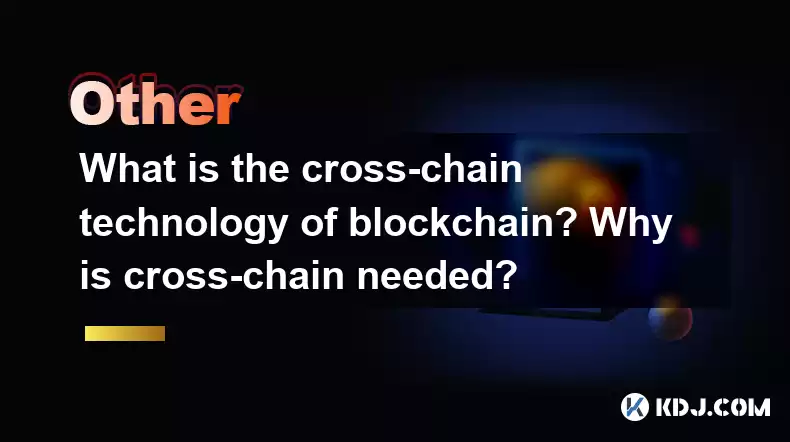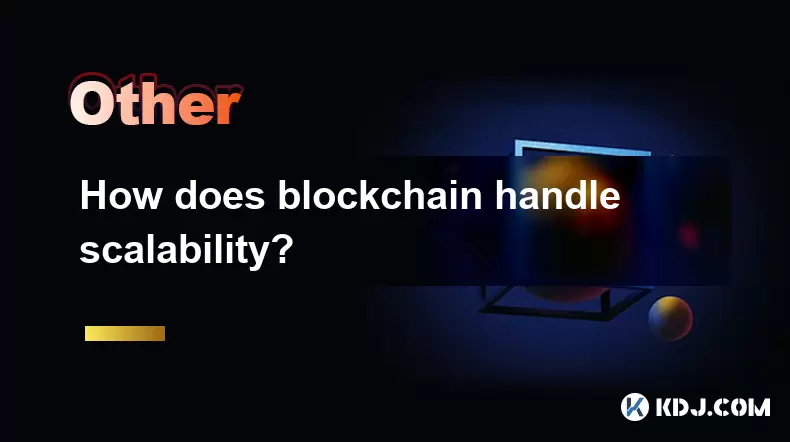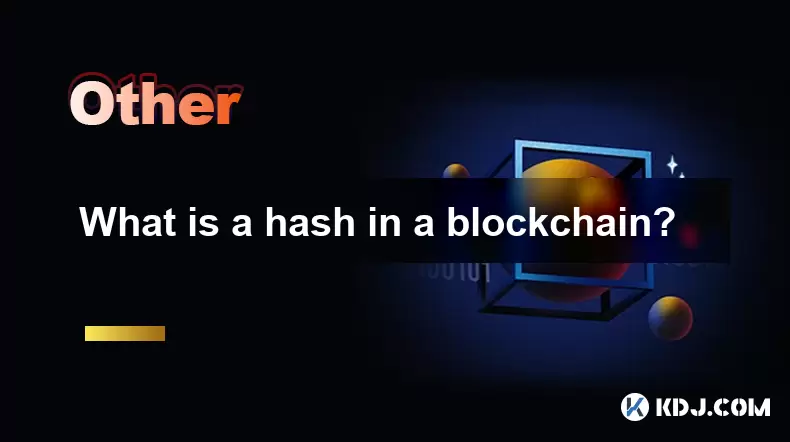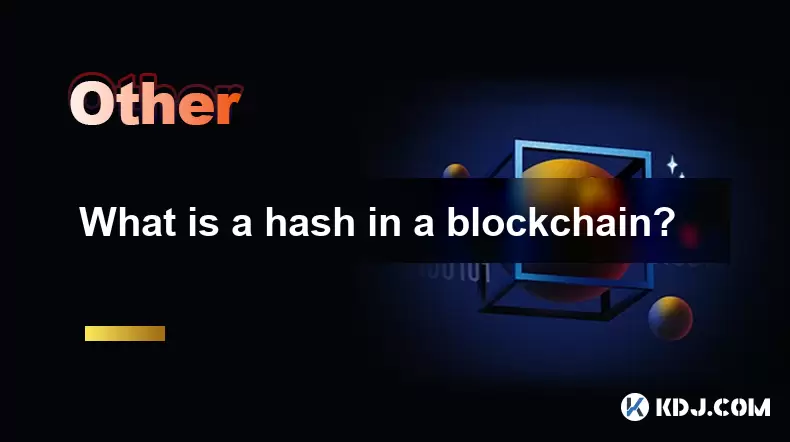-
 Bitcoin
Bitcoin $113900
-1.39% -
 Ethereum
Ethereum $3517
-4.15% -
 XRP
XRP $3.009
1.59% -
 Tether USDt
Tether USDt $0.9997
-0.04% -
 BNB
BNB $766.8
-1.41% -
 Solana
Solana $164.6
-2.38% -
 USDC
USDC $0.9998
-0.02% -
 TRON
TRON $0.3277
0.65% -
 Dogecoin
Dogecoin $0.2023
-1.67% -
 Cardano
Cardano $0.7246
0.05% -
 Hyperliquid
Hyperliquid $38.27
-4.77% -
 Sui
Sui $3.528
-0.52% -
 Stellar
Stellar $0.3890
-0.73% -
 Chainlink
Chainlink $16.16
-2.69% -
 Bitcoin Cash
Bitcoin Cash $539.9
-4.38% -
 Hedera
Hedera $0.2425
-2.00% -
 Avalanche
Avalanche $21.71
-0.97% -
 Toncoin
Toncoin $3.662
5.73% -
 Ethena USDe
Ethena USDe $1.000
-0.02% -
 UNUS SED LEO
UNUS SED LEO $8.964
0.35% -
 Litecoin
Litecoin $107.7
2.33% -
 Shiba Inu
Shiba Inu $0.00001223
-0.40% -
 Polkadot
Polkadot $3.617
-0.97% -
 Uniswap
Uniswap $9.052
-2.49% -
 Monero
Monero $295.1
-3.79% -
 Dai
Dai $0.9999
0.00% -
 Bitget Token
Bitget Token $4.315
-1.85% -
 Pepe
Pepe $0.00001060
0.11% -
 Cronos
Cronos $0.1342
-2.72% -
 Aave
Aave $256.0
-0.87%
What is the cross-chain technology of blockchain? Why is cross-chain needed?
Cross-chain tech enables different blockchains to interact, enhancing liquidity, scalability, and innovation while facing security and regulatory challenges.
Apr 28, 2025 at 07:15 am

Introduction to Cross-Chain Technology
Cross-chain technology in the realm of blockchain refers to the methods and protocols that enable different blockchain networks to communicate and transfer data or assets between each other. This technology is crucial as it facilitates interoperability among various blockchain systems, which otherwise operate in isolation. By allowing blockchains to interact, cross-chain technology enhances the overall functionality and efficiency of the decentralized ecosystem.
Why Cross-Chain Technology is Needed
The need for cross-chain technology stems from the inherent limitations of individual blockchain networks. Each blockchain operates on its own set of rules and protocols, making it difficult for them to interact directly. This isolation results in fragmented ecosystems where assets and data cannot be easily transferred or shared across different networks. Cross-chain technology addresses this issue by enabling seamless interaction between disparate blockchains, thus fostering a more interconnected and efficient blockchain environment.
Types of Cross-Chain Technologies
There are several approaches to implementing cross-chain technology, each with its own mechanisms and use cases. Some of the prominent types include:
Sidechains: These are separate blockchains that are pegged to the main blockchain, allowing assets to be transferred between the two. Sidechains can operate with different consensus mechanisms and rules, providing flexibility and scalability.
Atomic Swaps: This method enables the direct exchange of cryptocurrencies between different blockchains without the need for intermediaries. Atomic swaps use smart contracts to ensure that the exchange is executed only if all conditions are met, providing a secure way to transfer assets.
Cross-Chain Bridges: These are protocols that facilitate the transfer of data and assets between different blockchains. Bridges can be centralized or decentralized and are designed to ensure that the transfer process is secure and efficient.
Interoperability Protocols: These are frameworks that allow different blockchains to communicate and share data. Examples include Polkadot and Cosmos, which use relay chains and zones to enable cross-chain communication.
Benefits of Cross-Chain Technology
Implementing cross-chain technology offers several advantages to the blockchain ecosystem. Some of the key benefits include:
Enhanced Liquidity: By allowing assets to move freely between different blockchains, cross-chain technology increases the liquidity of these assets. This can lead to more efficient markets and better price discovery.
Improved Scalability: Cross-chain solutions can help distribute the load across multiple blockchains, thereby improving the overall scalability of the network. This is particularly important for blockchains that face congestion and high transaction fees.
Increased Innovation: The ability to interact with multiple blockchains opens up new possibilities for developers and businesses. They can create applications that leverage the strengths of different blockchains, leading to more innovative solutions.
Broader Adoption: As blockchains become more interconnected, the barriers to entry for new users and businesses are reduced. This can lead to broader adoption of blockchain technology across various industries.
Challenges and Considerations
While cross-chain technology offers numerous benefits, it also comes with its own set of challenges and considerations. Some of the key issues include:
Security Risks: The process of transferring assets between different blockchains can introduce new security vulnerabilities. Ensuring the integrity and security of these transactions is crucial to prevent hacks and fraud.
Complexity: Implementing cross-chain solutions can be technically complex, requiring a deep understanding of multiple blockchain protocols and consensus mechanisms. This can pose a challenge for developers and businesses looking to adopt these technologies.
Regulatory Compliance: As assets move between different blockchains, they may be subject to different regulatory frameworks. Ensuring compliance with these regulations can be challenging, especially in a rapidly evolving regulatory landscape.
Interoperability Standards: For cross-chain technology to be widely adopted, there needs to be a set of standardized protocols and interfaces. Developing and agreeing on these standards can be a time-consuming process.
Examples of Cross-Chain Technology in Action
To better understand how cross-chain technology works in practice, let's look at a few examples:
Polkadot: Polkadot is a multi-chain framework that enables different blockchains to interoperate and share data. It uses a relay chain to facilitate communication between different parachains, each of which can have its own unique features and consensus mechanisms.
Cosmos: Cosmos is another interoperability platform that allows different blockchains to connect and share data. It uses the Inter-Blockchain Communication (IBC) protocol to enable secure and efficient communication between different zones.
Wrapped Bitcoin (WBTC): WBTC is an example of a cross-chain asset that allows Bitcoin to be used on the Ethereum blockchain. By wrapping Bitcoin in an Ethereum-based token, users can leverage the liquidity and functionality of the Ethereum ecosystem while still holding their Bitcoin.
Thorchain: Thorchain is a decentralized liquidity network that enables cross-chain swaps between different cryptocurrencies. It uses a unique consensus mechanism called Tendermint to ensure the security and efficiency of these swaps.
Frequently Asked Questions
Q: How does cross-chain technology impact the security of blockchain networks?
A: Cross-chain technology can introduce new security risks due to the complexity of transferring assets between different blockchains. However, many cross-chain solutions implement robust security measures, such as multi-signature wallets and smart contract audits, to mitigate these risks. It's important for users to understand the security protocols of the specific cross-chain solution they are using.
Q: Can cross-chain technology be used to transfer assets between public and private blockchains?
A: Yes, cross-chain technology can facilitate the transfer of assets between public and private blockchains. However, this process can be more complex due to the different levels of accessibility and security requirements of these networks. Solutions like sidechains and cross-chain bridges can be used to enable such transfers.
Q: What role do smart contracts play in cross-chain technology?
A: Smart contracts play a crucial role in many cross-chain solutions, particularly in atomic swaps and cross-chain bridges. They are used to enforce the rules of the transfer process, ensuring that assets are only moved if all conditions are met. This helps to maintain the integrity and security of cross-chain transactions.
Q: How does cross-chain technology affect the scalability of blockchain networks?
A: Cross-chain technology can improve the scalability of blockchain networks by distributing the load across multiple chains. This can help reduce congestion and transaction fees on individual blockchains. However, the effectiveness of cross-chain solutions in improving scalability depends on the specific implementation and the underlying architecture of the networks involved.
Disclaimer:info@kdj.com
The information provided is not trading advice. kdj.com does not assume any responsibility for any investments made based on the information provided in this article. Cryptocurrencies are highly volatile and it is highly recommended that you invest with caution after thorough research!
If you believe that the content used on this website infringes your copyright, please contact us immediately (info@kdj.com) and we will delete it promptly.
- Bitcoin, XRP, and the Price Drop Blues: What's Shakin' in Crypto?
- 2025-08-03 00:30:12
- Bank of America, Ripple, and RLUSD: A New Era in Digital Finance?
- 2025-08-03 00:30:12
- Bitcoin Strategy: Saylor's Not Hoarding, He's Building an Empire
- 2025-08-02 22:30:12
- Bitcoin Bloodbath: Macro Pressures and Liquidations Unleash Crypto Chaos
- 2025-08-02 22:30:12
- Tron, Cold Wallets, and Crypto Trends: What's Hot in the Market?
- 2025-08-02 23:10:12
- Bitcoin's Wild Ride: Davinci, Investors, and the $500K Dream
- 2025-08-02 23:50:12
Related knowledge

What is the difference between on-chain and off-chain transactions?
Aug 02,2025 at 04:22pm
Understanding On-Chain TransactionsOn-chain transactions refer to digital asset transfers that are recorded directly on a blockchain ledger. These tra...

What is the double-spending problem and how does blockchain prevent it?
Aug 02,2025 at 01:07pm
Understanding the Double-Spending ProblemThe double-spending problem is a fundamental challenge in digital currency systems where the same digital tok...

What is the difference between a blockchain and a database?
Aug 01,2025 at 09:36pm
Understanding the Core Structure of a BlockchainA blockchain is a decentralized digital ledger that records data in a series of immutable blocks linke...

How does blockchain handle scalability?
Aug 02,2025 at 02:58pm
Understanding Blockchain Scalability ChallengesBlockchain scalability refers to a network's ability to handle an increasing volume of transactions wit...

What is a hash in a blockchain?
Aug 02,2025 at 05:28am
Understanding the Concept of Hash in BlockchainA hash in the context of blockchain technology refers to a unique digital fingerprint generated by a cr...

What is a hash in a blockchain?
Aug 02,2025 at 04:43am
Understanding the Concept of Hash in BlockchainA hash in the context of blockchain technology refers to a unique digital fingerprint generated by a cr...

What is the difference between on-chain and off-chain transactions?
Aug 02,2025 at 04:22pm
Understanding On-Chain TransactionsOn-chain transactions refer to digital asset transfers that are recorded directly on a blockchain ledger. These tra...

What is the double-spending problem and how does blockchain prevent it?
Aug 02,2025 at 01:07pm
Understanding the Double-Spending ProblemThe double-spending problem is a fundamental challenge in digital currency systems where the same digital tok...

What is the difference between a blockchain and a database?
Aug 01,2025 at 09:36pm
Understanding the Core Structure of a BlockchainA blockchain is a decentralized digital ledger that records data in a series of immutable blocks linke...

How does blockchain handle scalability?
Aug 02,2025 at 02:58pm
Understanding Blockchain Scalability ChallengesBlockchain scalability refers to a network's ability to handle an increasing volume of transactions wit...

What is a hash in a blockchain?
Aug 02,2025 at 05:28am
Understanding the Concept of Hash in BlockchainA hash in the context of blockchain technology refers to a unique digital fingerprint generated by a cr...

What is a hash in a blockchain?
Aug 02,2025 at 04:43am
Understanding the Concept of Hash in BlockchainA hash in the context of blockchain technology refers to a unique digital fingerprint generated by a cr...
See all articles

























































































